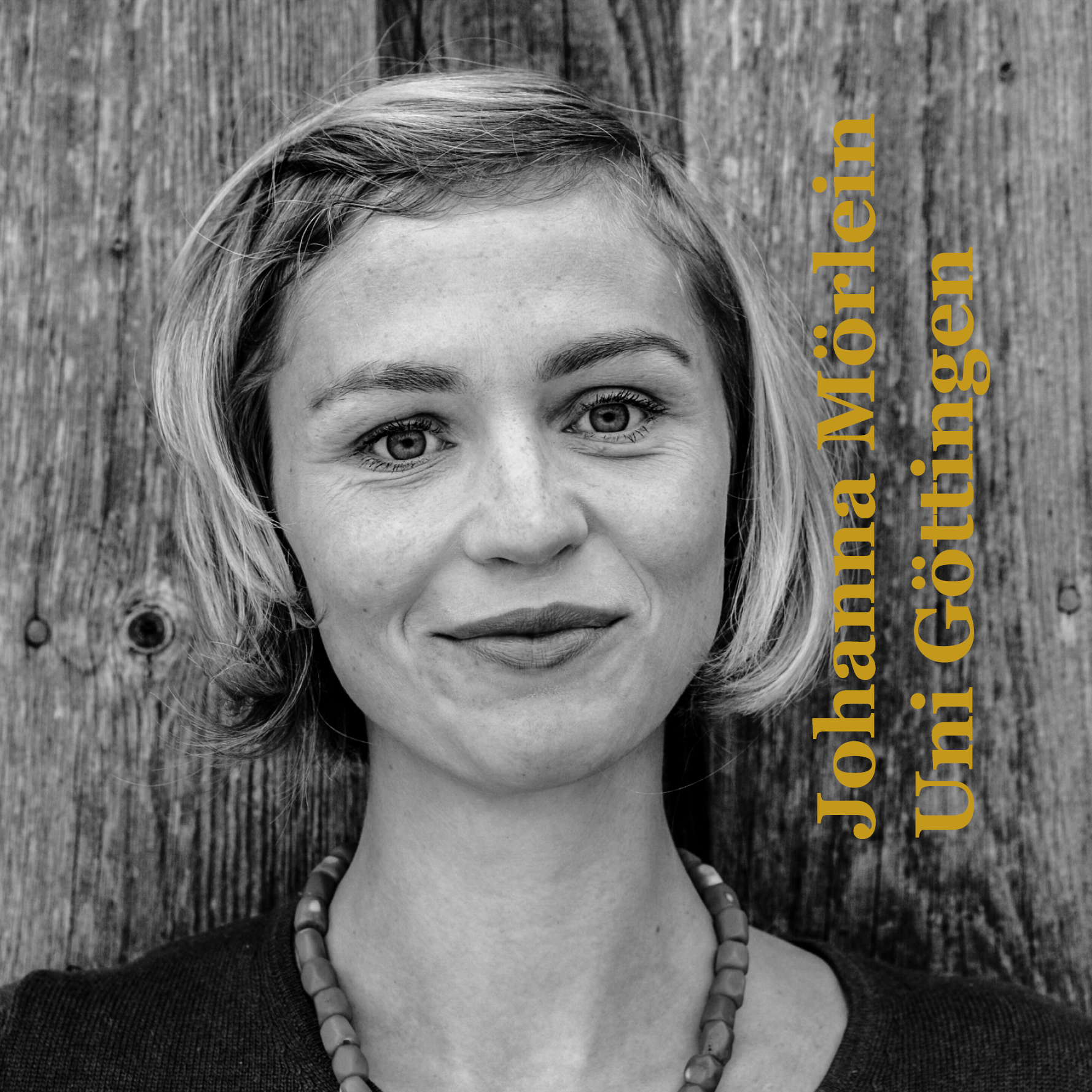Focus Session
Conservation through Consumption: Biodiversity from the stall to the table
How can the needs of consumers, chefs and farmers be brought into harmony?
What`s it about?
Contemporary poultry and pork farming is built around specialized hybrid breeds that quickly and efficiently convert feed into meat. This infrastructure stands in opposition to the retention of older or local breeds. These are less resource-efficient, but do represent the opportunity to differentiate the product (such as through the consistency of the meat) and can contribute to biodiversity and variety in agricultural use. Yet their reduced yields make conventional marketing uneconomical for agriculture, meaning that partnerships are of central importance to achieve the necessary additional earnings.
Furthermore, products that deviate from the mainstream can potentially require additional explanation and in some cases even different (older?) cooking techniques. After all, the meat from older races of poultry are frequently much denser than the meat from standard broilers. This workshop is intended to explore and discuss the dependencies and requirements, opportunities and limits and in the process to deepen the mutual understanding on the part of agriculture and kitchens. We hope to adopt these impulses into our research on better understanding and harnessing the potential inherent to older breeds.
Moderator


Dr. Daniel Mörlein and Dr. Johanna Mörlein live and work together in Göttingen. They are proponents of good agriculture, good ingredients and good cooking. As part of the Product Quality of Animal Products working group (University of Göttingen, Department for Farm Animal Sciences), they research the scientific basis for the production of animal-based foods, identify incompatibilities between the various target specifications and establish the potential for sustainable production methods that are consumer and producer-friendly. At present, the department is host to studies on dual purpose hens, boar fattening and the use of algae and insects in poultry and pork breeding. A wide range of laboratory analysis and human sensory methodologies are used to measure product perception and acceptance.